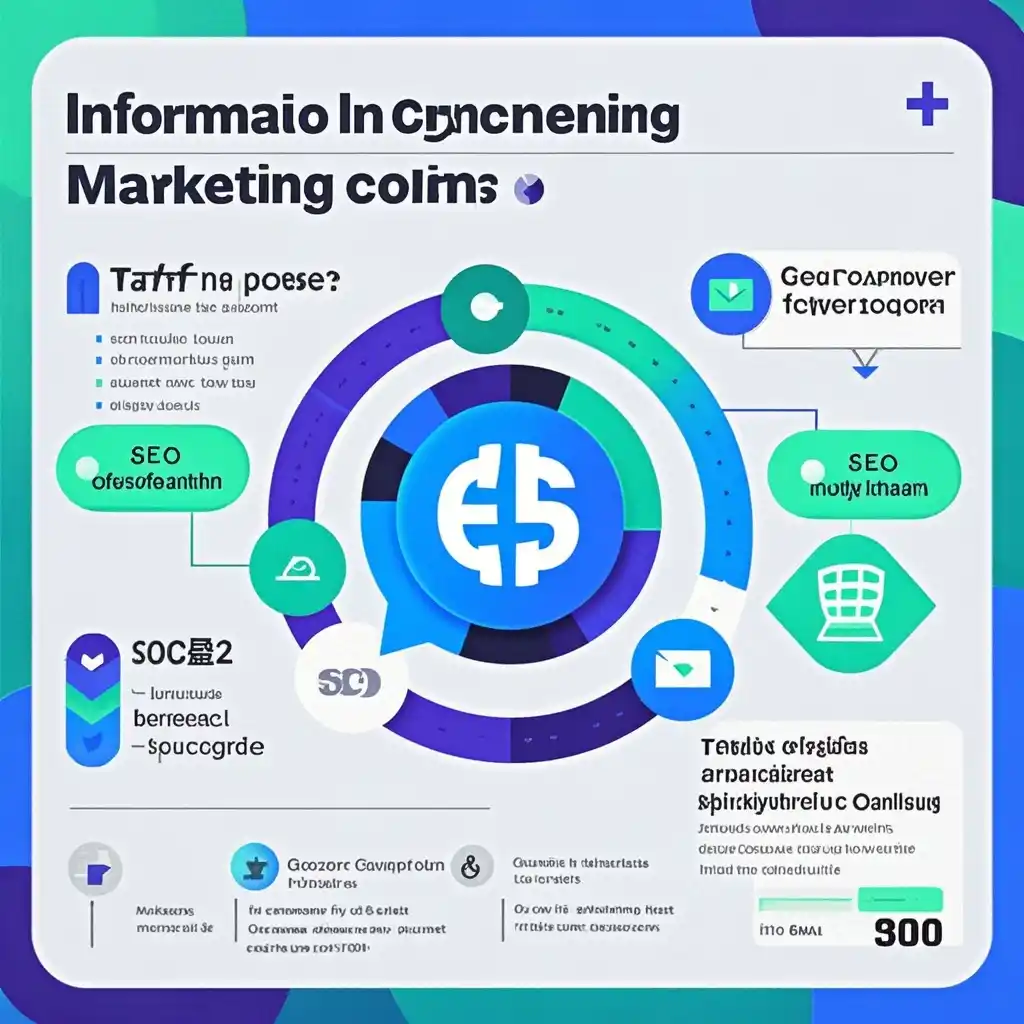

Building Your Own Private Traffic Channels for Cross - border E - commerce Marketing Teams to Cut Platform Costs
In the highly competitive world of cross - border e - commerce, marketing teams are constantly seeking ways to optimize costs while maximizing reach and sales. One effective strategy is to build your own private traffic channels, especially when dealing with the challenges of tariffs and high platform costs.
1. Background
Cross - border e - commerce is booming, but it also comes with significant challenges. Platform costs can be exorbitant, eating into profit margins. Tariffs and other trade regulations add further complexity and cost to the equation. For example, a small - to - medium - sized cross - border e - commerce company selling fashion items may find that a large portion of their revenue is being spent on platform fees, such as on Amazon or eBay. These fees can include listing fees, transaction fees, and advertising costs. Additionally, when importing goods, tariffs can be as high as 20% or more in some cases, depending on the product category and the origin and destination countries.
Moreover, relying solely on platform traffic means that your business is at the mercy of the platform's algorithms and policies. A change in the algorithm could lead to a significant drop in visibility and sales. Therefore, having your own private traffic channels can provide more stability and control over your marketing efforts.
2. Channel Strategies
2.1 Social Media Marketing
Social media platforms are powerful tools for building private traffic channels. For instance, Instagram is ideal for visual products like fashion, beauty, and lifestyle items. Create engaging content, such as high - quality product photos, behind - the - scenes videos, and user - generated content. Use relevant hashtags to increase discoverability. For example, a cross - border e - commerce brand that sells handmade jewelry could use hashtags like #handmadejewelry, #jewelrylover, and #crossborderjewelry.
Facebook, on the other hand, allows for more in - depth product descriptions and targeted advertising. You can create custom audiences based on demographics, interests, and behaviors. For example, if your target market is women aged 25 - 40 in the United States who are interested in fitness, you can target this specific group with ads for your cross - border e - commerce fitness products.
2.2 Email Marketing
Build an email list by offering incentives such as discounts, exclusive content, or free shipping. Segment your email list based on customer behavior, such as new customers, repeat customers, and high - value customers. Send personalized emails with relevant product recommendations. For example, a cross - border e - commerce company that sells electronics could send an email to customers who recently purchased a laptop with recommendations for laptop accessories like cases, chargers, and external hard drives.
2.3 Content Marketing
Start a blog on your website and write about topics related to your products. For example, if you sell organic skincare products, write blog posts about natural skincare routines, the benefits of organic ingredients, and how to choose the right skincare products. This will attract organic traffic from search engines. You can also create video content on YouTube, providing product reviews, tutorials, or educational content related to your cross - border e - commerce products.
3. Implementation
3.1 Social Media Implementation
For Instagram, schedule regular posts using tools like Later or Buffer. Interact with your followers by responding to comments and direct messages promptly. Collaborate with influencers in your niche to expand your reach. For example, a cross - border e - commerce brand selling sustainable home products could collaborate with a popular home decor influencer to showcase their products.
On Facebook, set up a business page and use Facebook Ads Manager to create and manage your ad campaigns. Monitor the performance of your ads regularly and make adjustments based on the data. For example, if an ad for a cross - border e - commerce furniture product is not getting enough clicks, you can try changing the ad image or the targeting parameters.
3.2 Email Marketing Implementation
Use an email marketing platform like Mailchimp or SendinBlue. Design visually appealing email templates that are mobile - friendly. Test your emails before sending them to ensure they display correctly on different devices. For example, a cross - border e - commerce brand selling pet products could send out a monthly newsletter with new product arrivals, pet care tips, and exclusive discounts to their email list.
3.3 Content Marketing Implementation
For blog content, optimize your posts for search engines by using relevant keywords, meta - descriptions, and internal linking. Promote your blog posts on social media to drive traffic back to your website. For video content on YouTube, use relevant keywords in your video titles, descriptions, and tags. For example, a cross - border e - commerce brand selling international cuisine ingredients could create a YouTube video series on cooking with different international ingredients and promote it on their social media channels.
4. Summary
Building your own private traffic channels for cross - border e - commerce marketing teams is essential for reducing platform costs and achieving long - term success. By implementing a combination of social media marketing, email marketing, and content marketing strategies, and effectively implementing them, you can create a stable and cost - effective source of traffic. This will not only help you cut down on platform - related expenses but also give you more control over your brand's marketing and customer relationships. For example, a cross - border e - commerce startup that focused on building its private traffic channels through the above - mentioned methods was able to reduce its platform costs by 30% within six months and increase its customer retention rate by 20%. So, start building your private traffic channels today and take your cross - border e - commerce business to new heights.